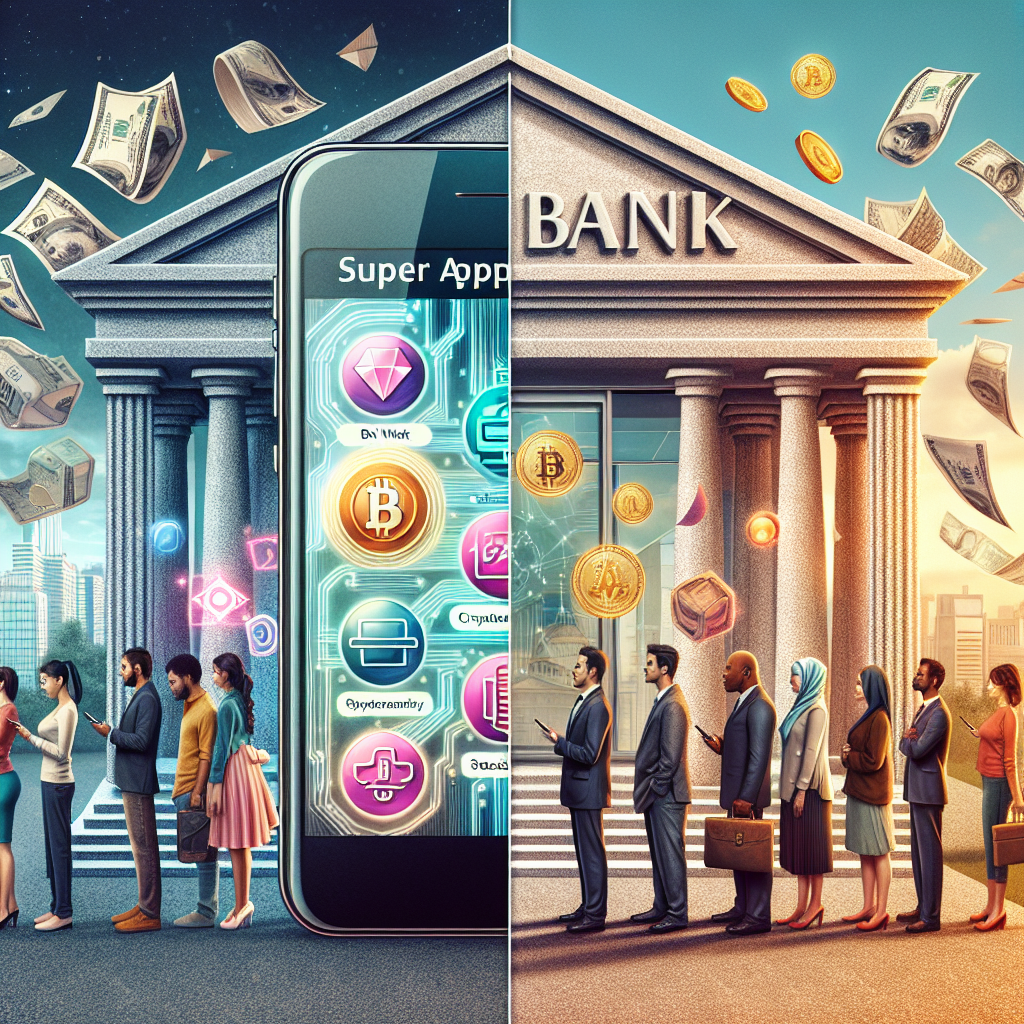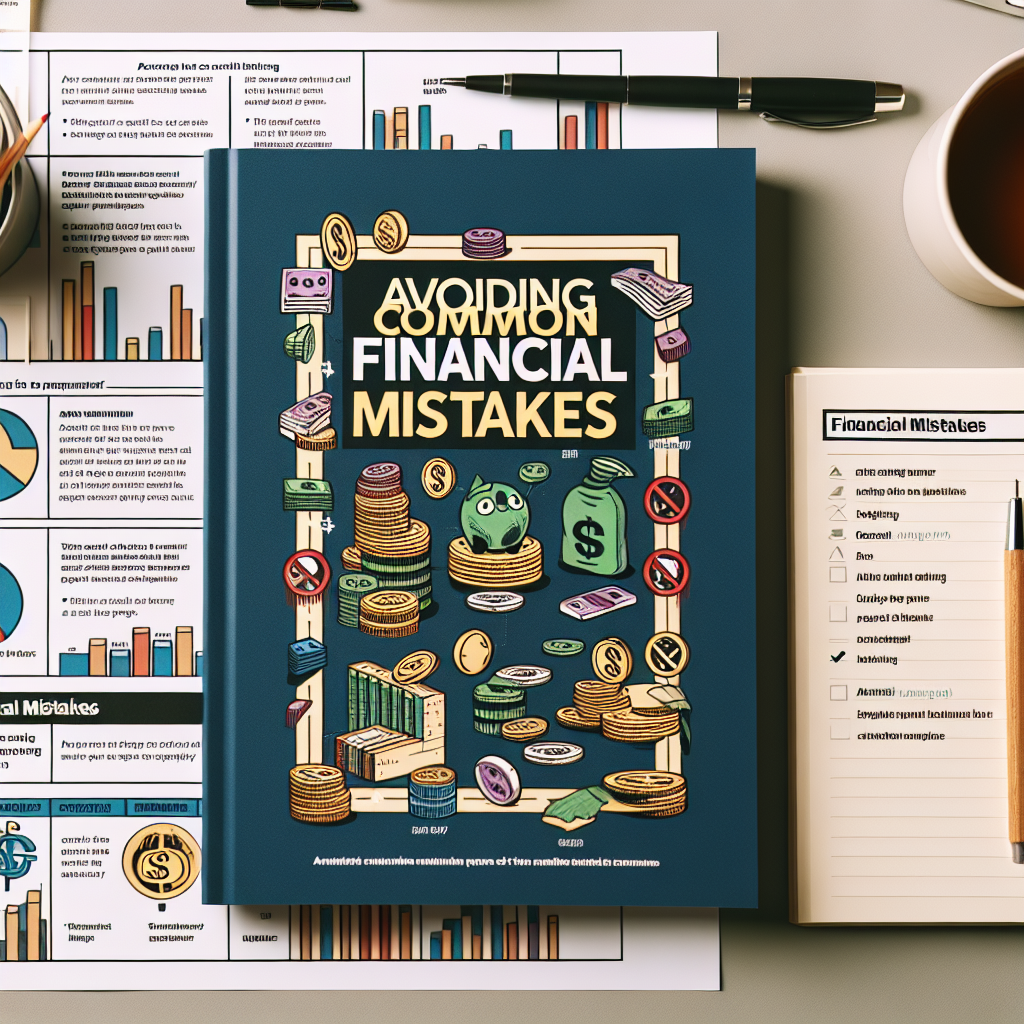
Introduction
In recent years, a new kind of digital platform has emerged at the intersection of technology and finance: the “super app.” These all-in-one financial ecosystems, led by platforms like Revolut, Alipay, WeChat Pay, and Grab Financial, are transforming the way people interact with money. Offering everything from payments and banking to investments, insurance, and crypto, these apps are increasingly becoming central to users’ financial lives. As a result, many are asking: Are traditional banks at risk of becoming obsolete?
What Are Super Apps?
A “super app” is a mobile application that offers a wide range of services within a single platform. Originally popularized in Asia, super apps like WeChat and Alipay have evolved from messaging and payment tools into full-fledged digital ecosystems. Today’s financial super apps integrate services such as:
- Digital wallets and mobile payments
- Currency exchange and remittances
- Budgeting and financial analytics
- Investment and stock trading
- Crypto wallets and DeFi tools
- Personal loans and insurance options
This bundled approach offers users a frictionless experience, reducing the need to juggle multiple apps and accounts.
The Appeal of Super Apps
- Convenience and Simplicity Users value having one centralized app for managing all financial tasks. Instead of switching between banking apps, investment platforms, and budgeting tools, super apps consolidate these functions under one interface.
- Lower Costs and Fees Super apps often operate with fewer physical infrastructures, allowing them to offer lower fees, better currency exchange rates, and free transfers—features that appeal especially to younger, tech-savvy users.
- Faster Innovation Because they are built natively in digital environments, super apps can implement new features—such as AI-powered savings tools or crypto integration—much faster than traditional banks.
- Personalized Financial Services Leveraging big data and AI, these platforms offer tailored financial advice, spending insights, and predictive analytics to help users make better decisions.
- Expanded Ecosystems Many super apps are integrated with other services such as e-commerce, ride-hailing, food delivery, and even social media. This creates a seamless digital lifestyle for users, making the app an essential part of everyday life.
Examples of Leading Financial Super Apps
- Revolut (UK): Offers banking, crypto trading, stock investing, currency exchange, and budgeting tools—all within one app.
- Grab Financial (Southeast Asia): Combines ride-hailing, food delivery, payments, micro-investments, and insurance.
- WeChat Pay and Alipay (China): Pioneers of the super app model, offering everything from bill payments and loans to wealth management and social features.
- Paytm (India): Includes digital banking, stock trading, credit cards, and gold investing.
- Toss (South Korea): Expanding from peer-to-peer transfers to full financial management services, including credit scoring, investment, and insurance.
How Are Traditional Banks Responding?
Banks are not standing still. Many are partnering with fintechs, launching their own digital banking apps, or investing in innovation hubs. However, they face significant challenges:
- Legacy Systems: Older IT infrastructure limits banks’ agility.
- Compliance and Regulation: Traditional banks face more rigorous oversight, slowing innovation.
- Customer Expectations: Younger consumers expect speed, transparency, and digital-first services—areas where super apps excel.
Some banks are choosing to embed their services within existing super apps (Bank-as-a-Service models), while others are investing heavily in their own digital transformation strategies.
For example, JPMorgan Chase and Goldman Sachs have both invested in digital-only platforms and APIs to offer faster and more accessible services. Meanwhile, digital-native challenger banks like Monzo, N26, and Chime are also pressuring incumbents to modernize their offerings.
Risks and Challenges of Super Apps
Despite their appeal, super apps also face scrutiny:
- Data Privacy and Security: Handling massive amounts of user data makes them a target for cyber threats.
- Regulatory Uncertainty: Many super apps operate across multiple jurisdictions, complicating compliance.
- Market Saturation: As more players enter the space, differentiation becomes harder.
- Over-Reliance: Consumers putting all their financial tools in one app may face serious issues if that service suffers a breach or goes offline.
Governments and regulators are beginning to tighten control, especially as these platforms become systemically important to national economies.

The Future: Coexistence or Displacement?
The rise of super apps doesn’t necessarily spell the end of traditional banks, but it does signal a shift in the financial services landscape.
Possible future scenarios include:
- Hybrid Models: Banks and super apps collaborate to offer integrated services.
- Niche Specialization: Traditional banks may focus on high-net-worth individuals or complex financial products.
- Full Displacement: In some regions, super apps could effectively replace traditional banking for the average consumer.
A recent McKinsey report predicts that by 2030, over 60% of financial services may be provided by non-banking platforms, especially in emerging markets. Super apps are well-positioned to capitalize on this shift, given their user base and agility.
Conclusion
Super apps are redefining how we interact with money—delivering speed, simplicity, and personalization. While traditional banks still hold regulatory strength and trust, they must innovate rapidly to stay relevant in a digital-first world. Whether banks adapt, partner, or fade into the background will depend on how well they embrace this shift toward embedded, tech-driven finance. One thing is clear: the future of banking will look very different from its past.
Super apps are not just a trend—they’re a paradigm shift, especially for digital-native generations who prioritize convenience and control. As these platforms continue to grow in functionality and adoption, the battle for the future of financial services will only intensify.




